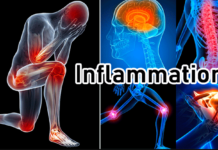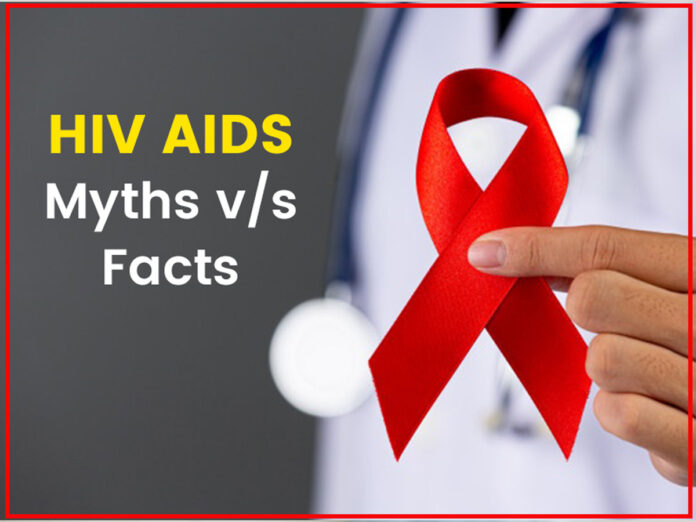HIV is a virus that is transmitted among us through specific ways. However, there are a lot of myths about the transmission of this virus. It is of utmost necessity to understand these ways, for we can prevent and reduce the spread of this virus. In the United States, the number of HIV cases is being reduced; this is only due to effective preventive measurements and treatments. Antiretroviral therapy can reduce the amount to a minimum level where it can not detectable. We will discuss in this article the origin, spread, and prevention of HIV.
Transmission of HIV
The most common ways through which HIV can be transmitted is through Anal or vaginal sex or through sharing drug injection equipment such as needles or syringes. There are certain body fluids through which HIV can be transmitted.
- Preseminal fluid
- Semen
- Blood
- Rectal fluids
- Vagianl fluids
- Breast milk
HIV is mostly transmitted through blood, particularly the blood-containing virus that can easily transmit this virus. When fluid comes in contact with damaged tissues it becomes responsible for transmission through the bloodstream or mucous membranes which are present in the genitals, rectum, or mouth. When blood containing HIV comes in contact with another unaffected person, particularly via injections with shared needles there are more likely risks of transmission of this virus. HIV can also be transmitted in babies during pregnancies or breastfeeding, but there are fewer chances compared to used needles for transmission of HIV. There are fewer chances to get infected through these ways because of more preventive measures and treatment.
Myths about the transmission of HIV
- It can not be transmitted through insect bites of mosquitoes.
- It can not be transmitted through the air
- It can not be transmitted through saliva, tears, or sweat.
- It can not be transmitted through handshaking, hugging, and closed-mouth kissing.
- It can not be transmitted through sharing toilets, dishes, or utensils.
- It can not be transmitted through sexual activities in which there can be no exchange of fluids such as touching.
HIV is unable to survive long outside the body so it can not be transmitted via surfaces.
Risk factors
- Several factors can enhance the transmission of the virus that we must abstain from.
- We should abstain from using used equipment for injecting drugs.
- We should avoid using needles for making tattoos on our bodies.
- We should be abstemious of physical intimacy without using contraceptive methods.
- Some people in the United States are more responsive to this virus.
- Latin x and black people become more affected
- Transgender females are more likely to be affected by viruses as compared to others.
Conclusion
Most people who get affected by this virus experience no symptoms, so there is the utmost need for a test to check whether you are HIV infected or not. CDC recommends people of age between 13 to 64 years have HIV tests at least once. The most effective ways to stop the progression and transmission of the virus are through early testing, diagnosis, and treatment.

















